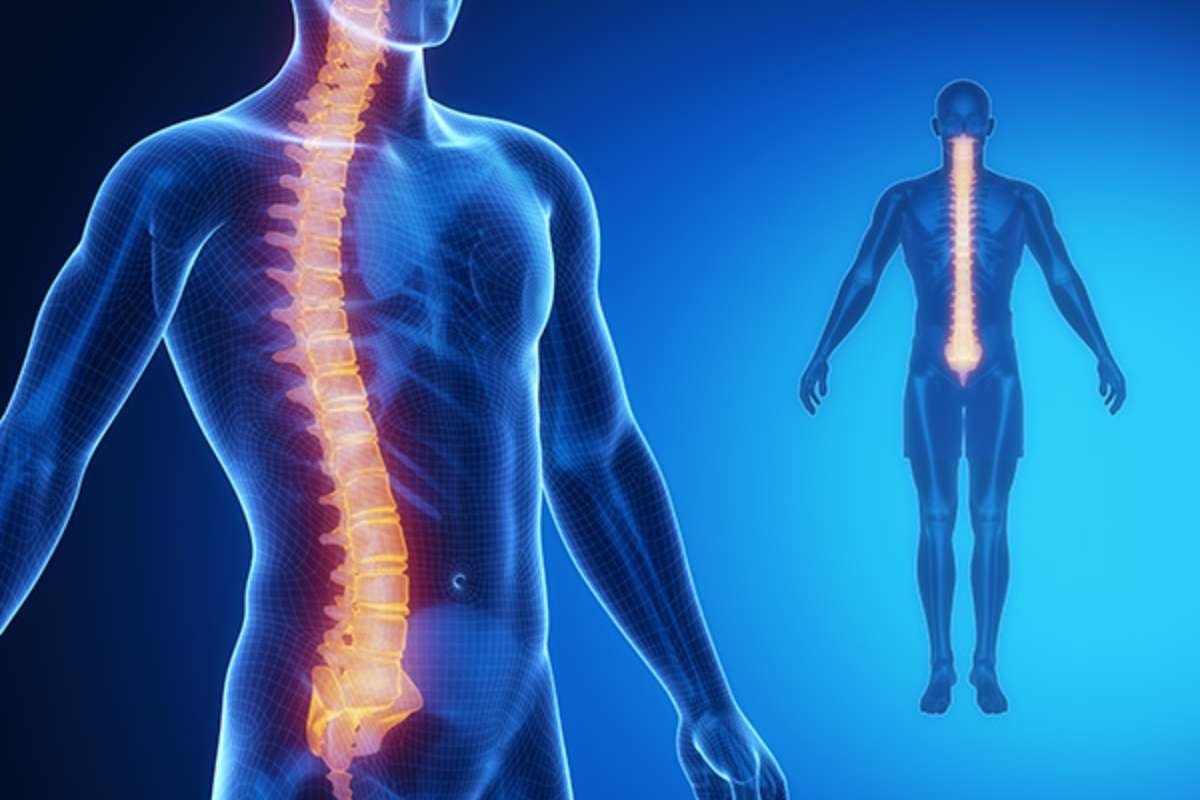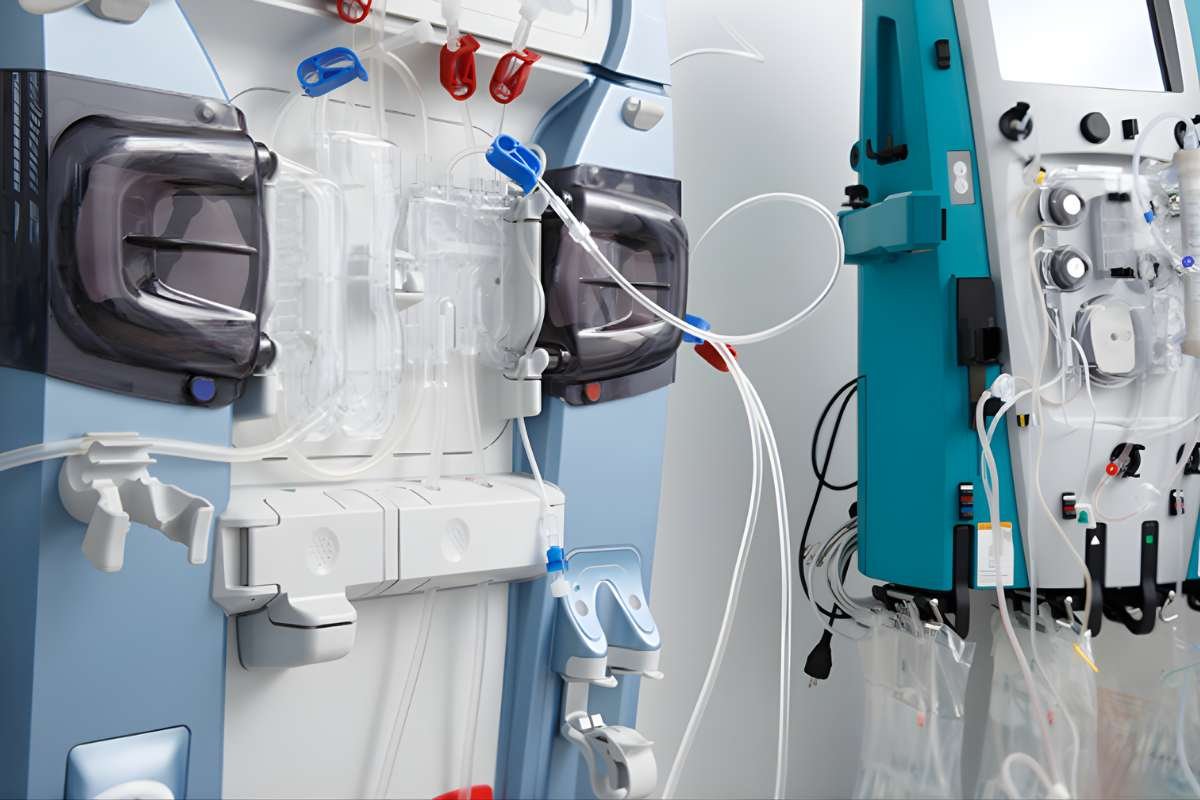( Source – genengnews.com)
The spinal cord is an important part of the human body, if this part is damaged one might lose their sensory function, and suffer paralysis, and other severe complications. The spinal cord repair is an important point in the medical industry. Through this blog, we have tried to cover every aspect of a spinal cord injury and its repair.
What is Spinal Cord Repair?
It means a patient needs long-term care to manage the damaged spine. The doctors identify the actual cause of a damaged spine by taking out X-rays, CT scans, and MRIs. Long-term care includes rehabilitation, medications, and the use of modern technologies like stimulation devices to improve the patient’s mobility and reduce their dependency on others.
Understanding Spinal Cord Injuries
A spinal cord injury takes place when trauma damages the spinal cord, interrupting the brain’s ability to send signals to the rest of the body. These injuries can be caused by a variety of incidents such as car accidents, falls, sports injuries, or violence. The severity of a spinal cord injury depends on its location and extent. Injuries higher up on the spinal cord tend to result in more extensive paralysis, while injuries lower down may affect fewer functions.
The immediate effects of a spinal cord injury often include loss of mobility, sensory loss, bladder and bowel dysfunction, and chronic pain. These symptoms can last a lifetime without appropriate treatment. By repairing the damaged spinal cord one can get back functions as much as possible
Current Treatment Options for Spinal Cord Injuries
Currently, there is no definitive cure for spinal cord injuries, but various treatments can manage symptoms and help prevent further damage. Traditional methods of treating spinal cord injuries include physical therapy, medications, and surgery. These treatments are primarily focused on stabilizing the injury, reducing inflammation, and preventing complications like infections or further trauma.
Surgery: In cases of spinal cord injury, surgery is often performed to relieve pressure, stabilize the spine, or remove fragments of bone that may be pressing on the spinal cord. However, while surgery can help stabilize the injury, it doesn’t lead to significant spinal cord repair in itself.
Rehabilitation and Physical Therapy: After initial treatment, physical therapy plays a critical role in helping patients regain strength and independence. Physical therapy focuses on improving mobility, muscle strength, and functional capabilities.
Medications: Anti-inflammatory drugs and other medications can reduce swelling and secondary damage after the initial injury. For example, high doses of steroids like methylprednisolone may be administered to control inflammation and limit further damage.
Despite these approaches, full spinal cord repair remains mysterious, leading to continued research into innovative treatments.
Cutting-edge research and Advancements
In recent years, spinal cord repair has seen several innovative discoveries in the medical field. Researchers are exploring new methods such as stem cell therapy, nerve regeneration, and neuroplasticity to promote healing after a spinal cord injury. These advances aim not only to manage symptoms but also to reverse some of the damage done to the spinal cord.
1. Stem Cell Therapy
One of the most prominent areas of research in spinal cord repair involves the use of stem cells. Stem cells can develop into various cell types, including neurons, which are necessary for spinal cord function. Scientists believe that stem cells can help regenerate damaged nerve cells, bridge gaps in the spinal cord, and improve body functions.
Several clinical trials are underway to test the effectiveness of stem cell treatments for spinal cord repair. Early results have shown that stem cell therapy may improve motor function and reduce inflammation around the injury site. However, more research is needed to understand the use of stem cells in repairing the spinal cord.
2. Neuroplasticity and Neural Regeneration
Neuroplasticity refers to the brain and spinal cord’s ability to rewire itself, forming new neural connections in response to injury. Researchers are investigating ways to harness this natural process to aid in spinal cord repair. By stimulating neuroplasticity, scientists hope to encourage the remaining healthy nerves in the spinal cord to take over the functions of damaged nerves.
A related area of research involves neural regeneration. This approach focuses on regenerating the damaged nerves in the spinal cord using techniques such as nerve grafts, gene therapy, and electrical stimulation. The goal is to restore the nerve pathways that control movement and sensation.
3. Biomaterials and Scaffold Implants
Biomaterials are another innovative approach in the quest for spinal cord repair. Researchers are developing biomaterial scaffolds that can be implanted into the damaged area of the spinal cord. These scaffolds provide a structure for new nerve cells to grow, bridging the gap between damaged areas. Additionally, biomaterials can be loaded with growth factors that increase tissue regeneration.
Preclinical studies have demonstrated that these scaffold implants may improve nerve regeneration and motor recovery in animal models. This technology is in the experimental phase but has a great scope.
4. Electrical Stimulation
Electrical stimulation is a technique that involves sending controlled electrical signals to the spinal cord to stimulate nerve activity. This method has shown some success in helping patients with incomplete spinal cord injuries regain partial movement and control. By stimulating specific areas of the spinal cord, electrical signals can help bypass damaged nerves and restore function.
Many patients experience better mobility through electrical stimulation devices, which promises us more innovative applications. However, like many emerging therapies, more research is needed to understand, innovate, and use the technologies effectively.
Challenges
While advancements in spinal cord repair are developing, there are still many challenges to overcome. One major obstacle is the complexity of the spinal cord itself. The spinal cord consists of millions of nerve cells, each with unique functions, making it difficult to repair without affecting other parts of the body.
Another challenge is the body’s immune response to injury. When the spinal cord is damaged, the body’s natural defense mechanism creates scar tissue around the injury site. This scar tissue can prevent nerve regeneration and block treatments from reaching the damaged area.
Additionally, many of the treatments currently being explored are still in experimental stages. Clinical trials for spinal cord repair are ongoing, but the proven success of the solutions will take time to spread across the globe.
Future
Though there are several challenges, the future of advancements in technology to repair the spinal cord has a lot of potential. The research in stem cells, neuroplasticity, and biomaterials gives us hope that the cure for spinal cord injuries may become a reality. With more advancements on the horizon, the next decade may bring even more solutions to repair the spinal cord.
Key Takeaways
Spinal Cord Injuries are difficult and life-changing events in an individual’s life. Thus there is so much research being done in the field of spinal cord injuries. From stem cell therapy to neuroplasticity to biomaterials and electrical stimulation, scientists are working relentlessly to develop treatments that can restore function in an individual which will provide them with a good quality of life.







